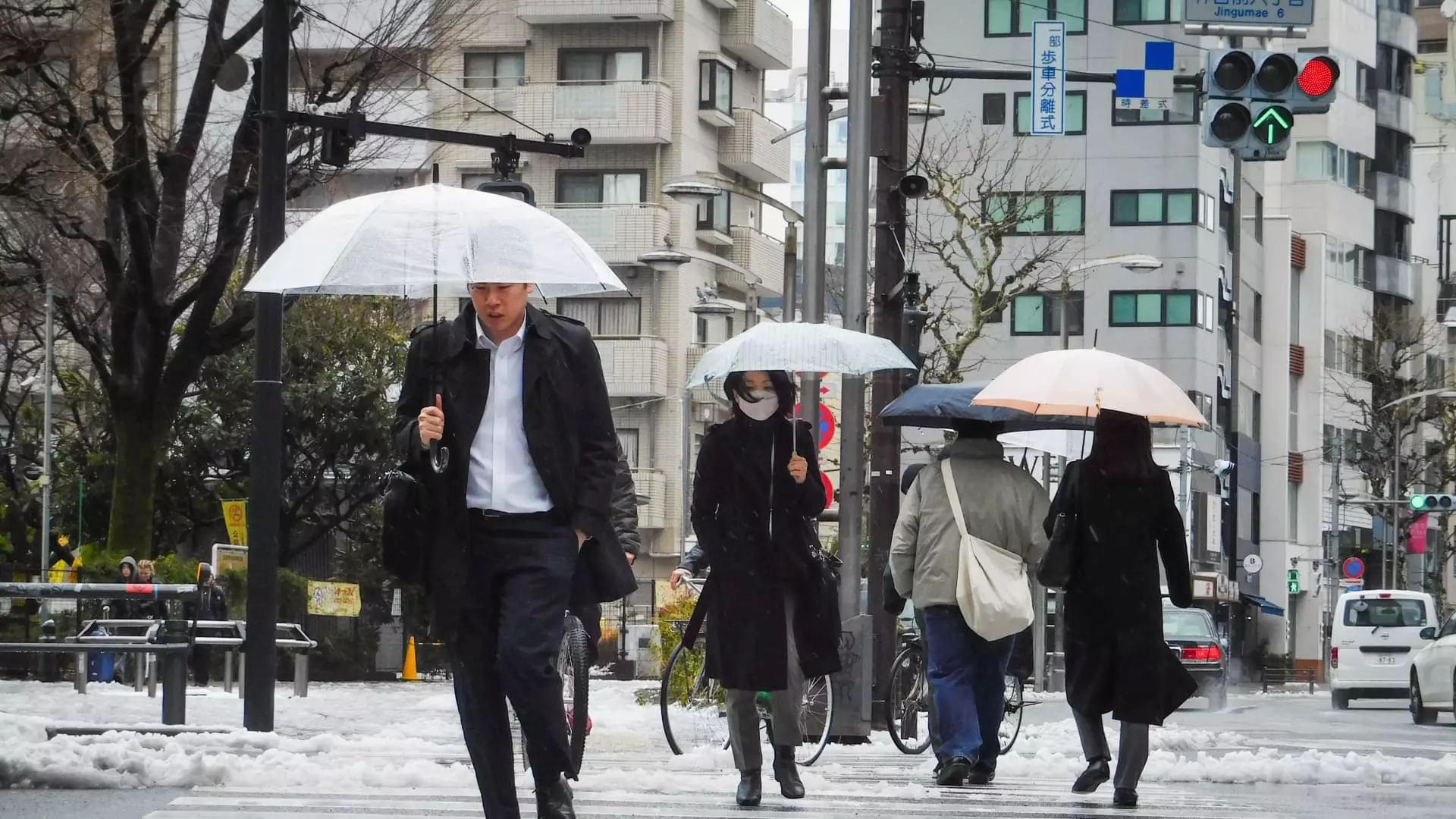The Asia-Pacific markets have been experiencing a significant sell-off, with Japan’s markets leading the losses. The Nikkei 225 and Topix dropped by 7% in volatile trading, following Friday’s sell-off where markets in the region plummeted. Japan’s Nikkei 225 and Topix fell by more than 5% and 6% respectively, marking the worst day for the broader Topix in eight years and the worst day for the Nikkei since March 2020.
Investors are eagerly awaiting key trade data from China and Taiwan, as well as central bank decisions from Australia and India. S&P Global will release service sector activity figures for various countries in the region, including India and China. The Reserve Bank of Australia is set to hold its two-day monetary policy meeting, with economists expecting the central bank to maintain rates at 4.35%. However, markets will be closely monitoring the monetary policy statement for any indication of a potential rate hike.
The sell-off in the Asia-Pacific markets is part of a larger trend of economic uncertainty, exacerbated by a weaker-than-anticipated jobs report for July in the U.S. This has raised concerns that the economy may be on the brink of a recession. In the U.S., stocks fell sharply, with the Nasdaq entering correction territory, down more than 10% from its record high. The S&P 500 and Dow were also significantly below their all-time highs, dropping by 1.84% and 2.43% respectively.
Australia’s S&P/ASX 200 fell by 2.3%, while South Korea’s Kospi and Kosdaq were down by 3.9% and 3.5% respectively. Hong Kong’s Hang Seng index futures were lower than their last close, indicating a downward trend in the market. The global economic landscape remains uncertain, with investors facing increasing challenges and risks. As central banks and governments navigate through the ongoing pandemic, market volatility is expected to persist in the coming weeks.

Leave a Reply